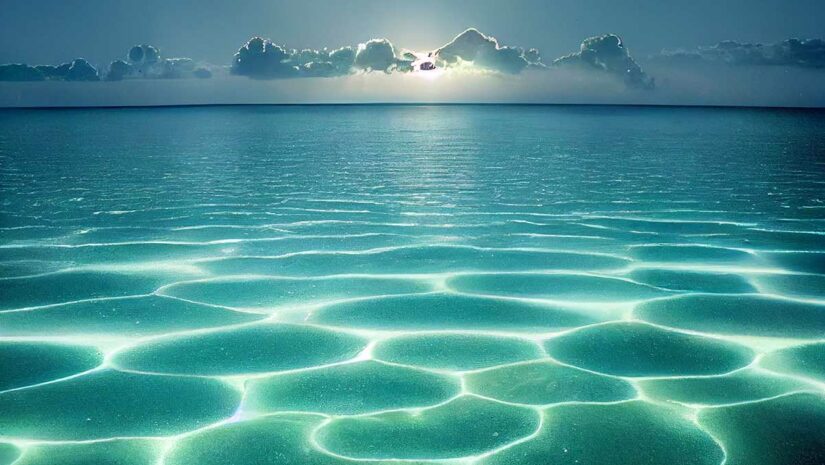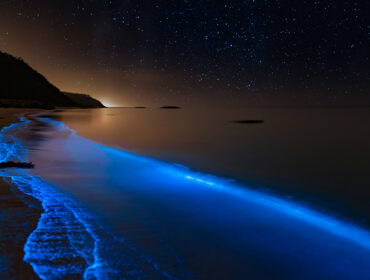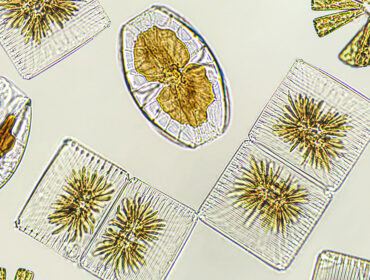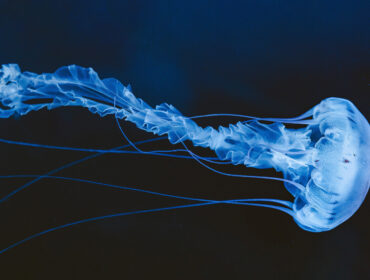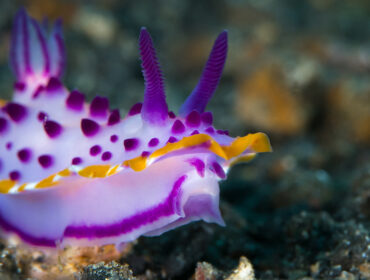One of the most spectacular sights on a night dive in the ocean is to witness the hundreds of tiny star-like bioluminescent plankton scintillating like a starry sky as you move through the dark water. Towards the end of a dive, just shield your underwater flashlight and wave your hands through the water in front of you, and be mesmerized by the tiny glowing specs of plankton. So what kind of plankton are these? And how do they emit that bluish glow?
What is bioluminescence & bioluminescent plankton?
Certain creatures both on land and sea can produce light through chemical reactions taking place within their bodies known as Bioluminescence. The bioluminescence results from a light-producing chemical reaction also called chemiluminescence. Certain types of chemicals when mixed together produce energy which ‘excites’ other particles on vibration and generate light which causes the glow. The group of chemicals involved to make plankton glow are broadly termed luciferins and the light is produced by a series of oxidation reactions set off by a catalyst called luciferase. The bioluminescence in plankton is very high in several forms of Plankton and is a form of cold light or luminescence.
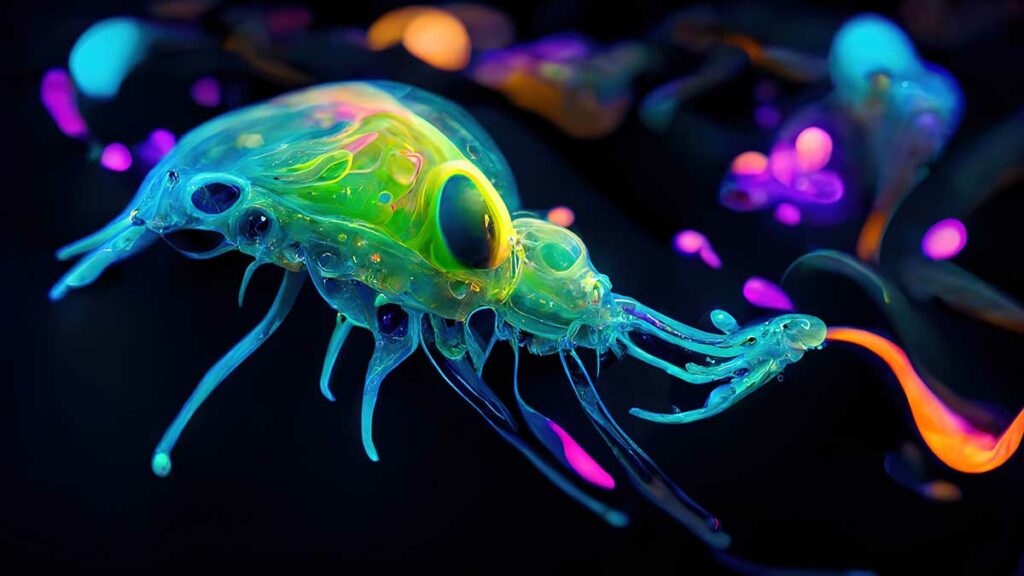
Which plankton are bioluminescent?
Plankton consists of any drifting organism (plant or animal) that inhabit the oceans and provide a vital source of food to larger aquatic organisms such as fish. A vast range of plankton, both zoo plankton and single-celled animal plankton are known to be bioluminescent. Bioluminescent phytoplankton occur in all the world’s oceans. The most common of these are Dinoflagellates which are tiny unicellular marine plankton also known as fire plants.
Dinoflagellates
Dinoflagellates are the most common source of bioluminescence in our oceans and the chances are the sparks — not quite as bright as those made by high performance spark plugs for your car, but still bright — flying off your oar, the bow, or wake of your boat are billions of tiny dinoflagellates or copeopods. These creatures get their name by their ability to swim by two flagella, which are movable protein strands attached to their bodies.
What is the purpose of bioluminescence?
Bioluminescence is used to evade predators and acts as a defense mechanism in dinoflagellates. Dinoflagelletes produce light when disturbed and will give a light flash lasting a fraction of a second. The flash is meant to attract a predator to the creature disturbing or trying to consume the dinoflagellate. The light flash also surprises the predator causing it to worry about other predators attacking it, making the predator less likely to prey on the dinoflagellate.
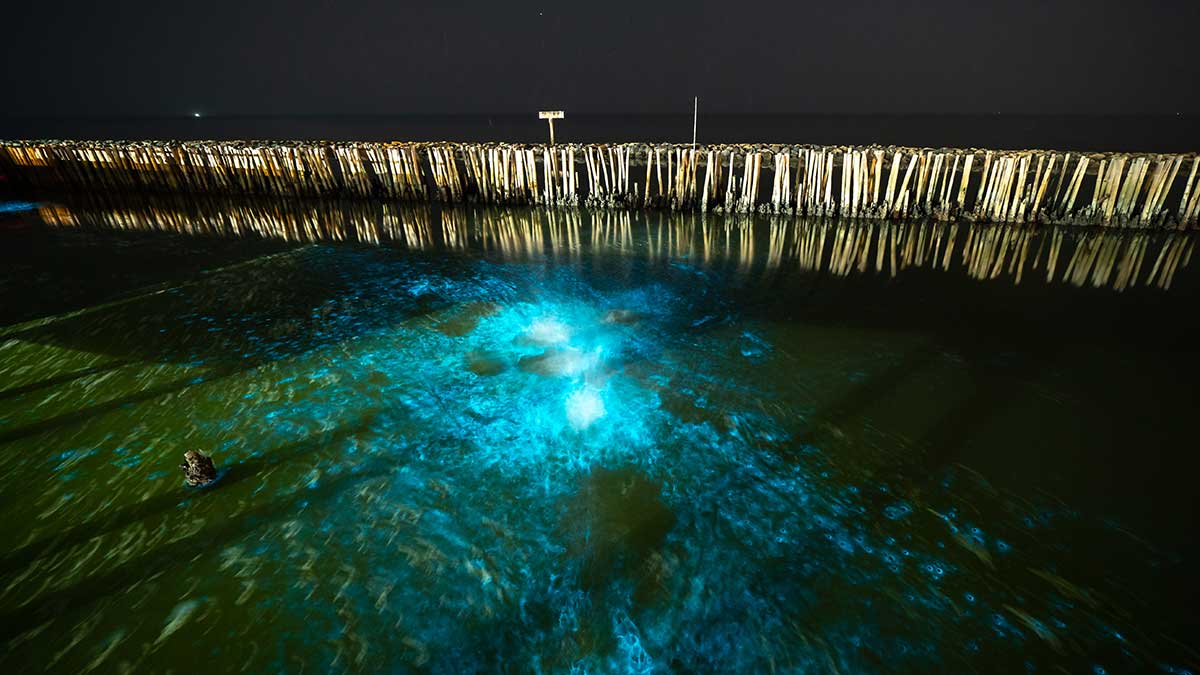
Where you can find bioluminescent plankton
Bioluminescent plankton can be found in various marine environments around the world. These mesmerizing organisms are primarily present in oceans, seas, and sometimes even in large bodies of freshwater. Their distribution is influenced by several factors, including temperature, salinity, nutrient availability, and the presence of predators.
One well-known example of bioluminescent plankton is found in the coastal waters of several countries, such as the Maldives, Thailand, and Puerto Rico. These regions are popular tourist destinations for witnessing the breathtaking phenomenon known as “bioluminescent bays.” Here, the planktonic organisms, including dinoflagellates like Noctiluca scintillans, create stunning displays of blue-green light when disturbed by waves or movement.
Bioluminescent plankton can also be found in other parts of the world, including the Arabian Sea, the Pacific Ocean, and the Caribbean Sea. The phenomenon can occur sporadically or in more concentrated populations, depending on various ecological factors. In some cases, specific species of bioluminescent plankton are endemic to certain regions, adding to the diversity and uniqueness of these ecosystems.
Bioluminescent Plankton: Frequently Asked Questions
The experience of bring in the midst of these amazing creatures is something that must be witnessed at least once by every scuba diver or avid snorkeler. Several dive operators offer special bioluminescent phytoplankton dives or snorkeling expeditions, in seasons when plankton is at its peak brought by ocean currents. These swims would usually be in absolute darkness to witness the both the starry skies above and the starry seas below.
No, it is generally not recommended to touch bioluminescent plankton. They are delicate organisms, and touching them can disrupt their natural behavior and potentially harm them. It’s best to observe and appreciate them from a respectful distance.
The lifespan of bioluminescent plankton varies depending on the species. Some species, like Noctiluca scintillans, have a lifespan of a few days to a couple of weeks, while others may live for a few months. Environmental conditions and availability of nutrients also impact their longevity.

